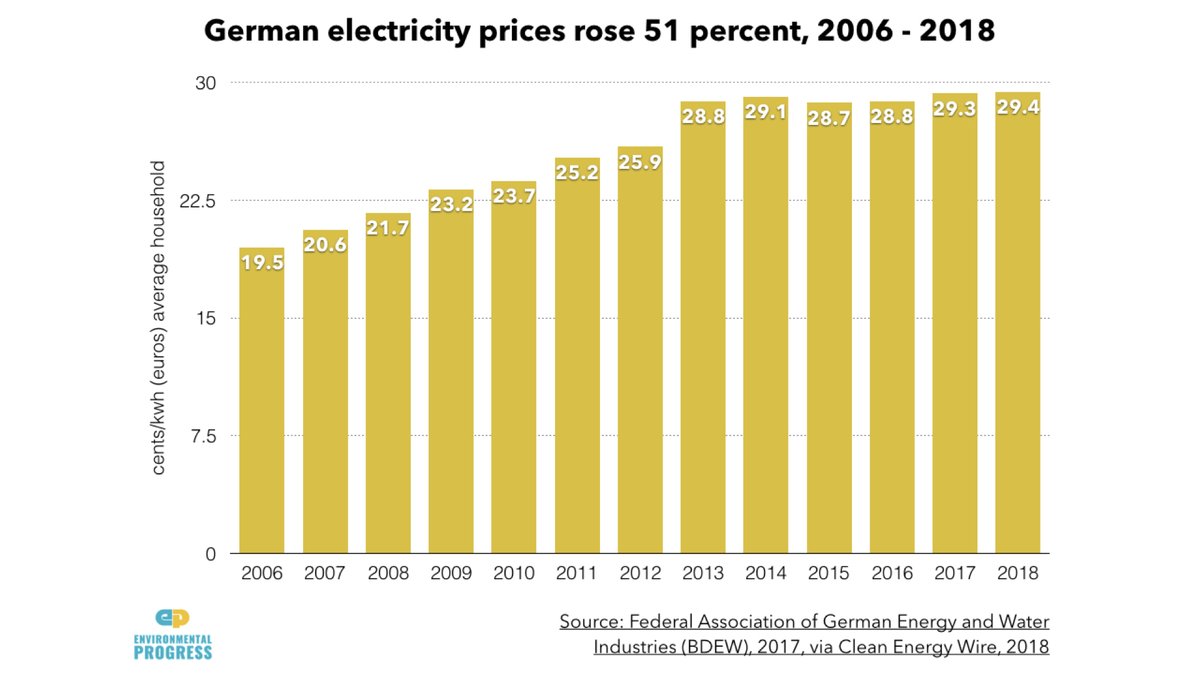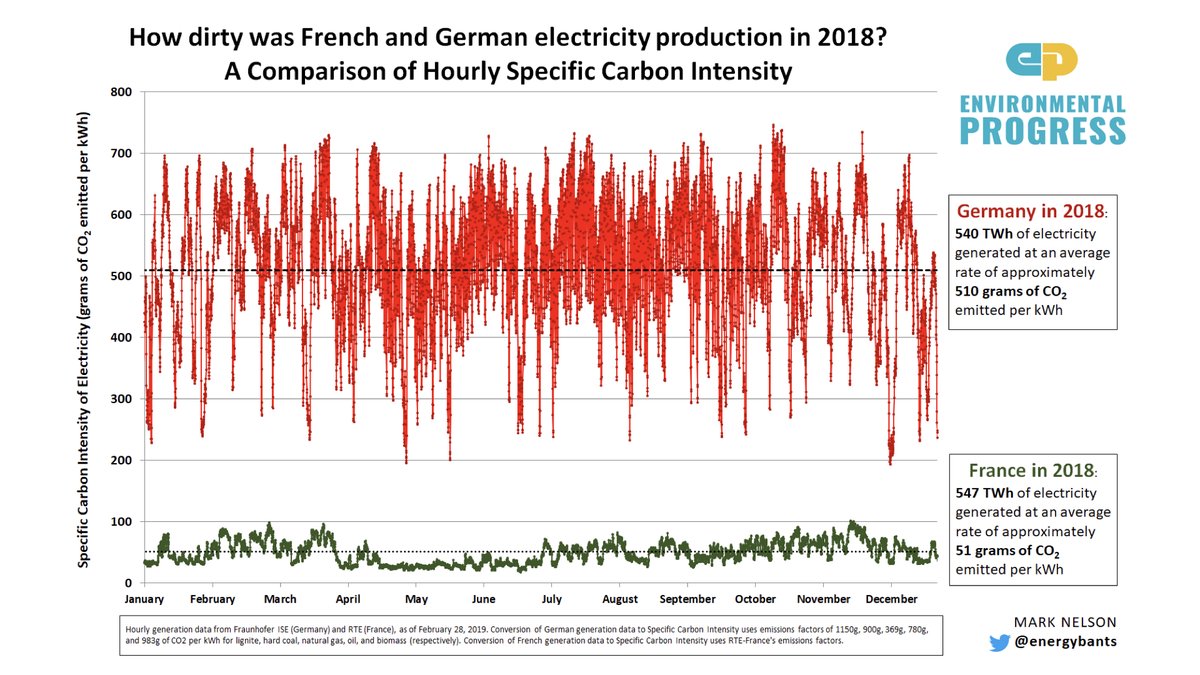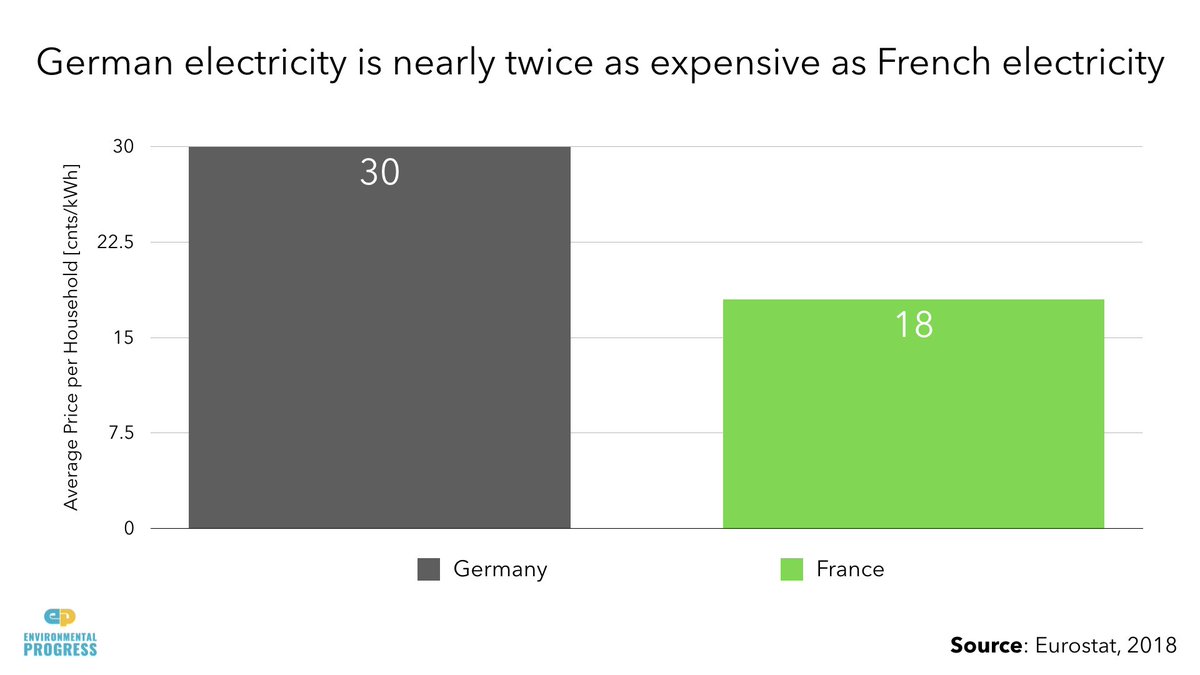Britain is set to close 14 of its 15 nuclear reactors by 2030
Now, the UK and @BorisJohnson have major opportunity to lead the West on nuclear energy
Time to go big or go home
My latest with @ChrisBarnardDL
@Telegraph — please share! https://www.telegraph.co.uk/politics/2020/09/04/must-take-russia-chinas-energy-dominance-going-big-nuclear-power/">https://www.telegraph.co.uk/politics/...
Now, the UK and @BorisJohnson have major opportunity to lead the West on nuclear energy
Time to go big or go home
My latest with @ChrisBarnardDL
@Telegraph — please share! https://www.telegraph.co.uk/politics/2020/09/04/must-take-russia-chinas-energy-dominance-going-big-nuclear-power/">https://www.telegraph.co.uk/politics/...
At some point in the next two weeks, the Johnson government will decide whether to build two new nuclear reactors at the Sizewell nuclear plant in Suffolk or abandon those plans for a risky experiment with Rolls-Royce.
Blood, sweat, and tears have been shed building the advanced nuclear reactor design known as the EPR in Finland, France, and at Hinkley Point in Britain.
The reactors have been plagued by construction delays & cost overruns, leading some to argue for abandoning the design and betting the farm on Rolls-Royce design.
Doing so would be a grave mistake for the UK and for the future of nuclear energy in the West.
Doing so would be a grave mistake for the UK and for the future of nuclear energy in the West.
Some question whether the United Kingdom needs nuclear energy at all, raising concerns about its safety, and the alternative of renewables. But intermittent wind and solar are insufficient to deliver reliable, low-carbon electricity.
Just look at Germany. It has been scaling up renewables & phasing out nuclear, at a high cost: by 2025 it will have spent $580 billion to have created electricity that produces 10x more CO2 per unit of energy than French nuclear-produced electricity for nearly 2x the cost.
The only way we know how to reduce the cost of building nuclear is by having the same construction crews build the same design over & over. That& #39;s what would happen if the people currently building EPRs at Hinkley Point built the same reactors at Sizewell https://www.sciencedirect.com/science/article/abs/pii/S0301421515001214">https://www.sciencedirect.com/science/a...
Britain needs to build full-size nuclear reactors, quickly, if it simply replaces the reactors that are set to close, avoid dangerous dependence on imported natural gas, and meet its climate change goals. Britain is set to close 14 of its 15 nuclear reactors by 2030.
The only way it can replace that lost output is by building at Sizewell and then, after, at Moorside, the same reactors Britain currently under construction at Hinkley. Doing so is not only in Britain’s interest but the West’s more broadly.
America has squandered its historic leadership role by letting nuclear plants close prematurely, and failing to build new ones. Japan has steadily reduced nuclear’s share of electricity after the 2011 Fukushima accident.
And in a sop to the Greens in his governing coalition, French President @EmmanuelMacron is allowing perfectly good nuclear plants to close. If @BorisJohnson gives the green light to the construction of new reactors at Sizewell, he will breathe new life into nuclear in the West
Over a period of decades, the British construction team would be in a position to help build EPRs across Europe, just as Americans helped build nuclear reactors in Europe & Asia in the 1960s, and just as the Koreans helped build nuclear reactors in the United Arab Emirates (UAE)
Building EPRs at Sizewell and Moorside would also cement Britain’s partnership with France, which it needs to do given the continuing uncertainties created by Brexit, and serve as a challenge to the growing dominance of China and Russia in building nuclear plants abroad.
China and Russia are both using nuclear plant construction as a way to expand their illiberal influence in Africa, Asia, and Latin America, which is something all of us in the liberal and democratic West should view as a threat to our fundamental values
Part of the flirtation with Rolls-Royce appears to be faddish. As delays plagued the building of the EPR and other full-sized reactors, opportunistic firms lacking civil nuclear experience have claimed, without evidence, that smaller reactors would be easier to build & cheaper.
But anyone worried about the cost of energy should want larger, not smaller, nuclear reactors. The reason is that smaller reactors require nearly as many people to operate as larger ones, but produce far less output.
For example, the reactor Rolls-Royce is proposing would produce just one-quarter of the energy as an EPR but would likely require the same number of workers to operate as a full-sized reactor.
And the only experience any firm, including Rolls-Royce, has in building small reactors is for military submarines, which are far more expensive per unit of energy than full-sized commercial nuclear reactors.
Contrary to Rolls-Royce’s claims that factory construction of their nuclear reactors would save money compared to EPRs, the major parts of full-sized nuclear reactors are already constructed in factories on assembly lines.
Nothing similar has been attempted with small “modular” reactors, and the submarines being claimed as a model by Rolls-Royce are delayed and will take 15 years to build.
According to the parliamentary Public Accounts Committee, this is a result of “avoidable mistakes, such as beginning construction work without mature designs”, which is precisely Rolls-Royce& #39;s plan with its experimental new reactors.
Another part of the interest in working with Rolls-Royce appears to be nationalist pride. Parts of the Rolls-Royce brand, after all, are still British, though not including the part famous for building luxury cars, whereas the EPR was designed by Framatome of France.
But the British have adapted the French design to UK specifications, the UK regulator has approved it, and it is mostly British workers who are building it. This is perfectly normal: all nuclear technologies are “indigenized” by the nations building them.
The French, Japanese, and South Koreans do not think of their nuclear reactors as “American,” even though that is the origin of their designs.
The British have made the mistake of nuclear isolationism before. In the 1960s and 70s, France, Japan, South Korea, Germany, and most other nuclear-powered nations adopted America’s water-cooled designs.
But out of nationalist pride, Britain went for nuclear isolation and doubled-down on its indigenous gas-cooled reactors. These reactors are now the only nuclear plants in the world that cannot be refurbished for decades-long life extensions, a result of their idiosyncratic design
Only too late did the UK make an about-face by adopting an American reactor for a single unit at Sizewell B. Whereas everybody else learned from each other about what it takes to successfully operate our newest source of energy, the British stumbled along, for decades, alone.
With the recent sale of its North American nuclear division, Rolls-Royce has seen its small reactor proposal drop out of Canada’s advanced nuclear race, dealing a blow to the idea of international sales & raising the spectre of another generation of slow, expensive isolation.
But by building the UK EPR twice at Hinkley Point, twice at Sizewell, and perhaps twice again at Moorside in Cumbria, the UK would find itself by 2030 in the foremost ranks of nuclear-building countries and the undisputed leader of nuclear in the West.
/END
/END

 Read on Twitter
Read on Twitter





